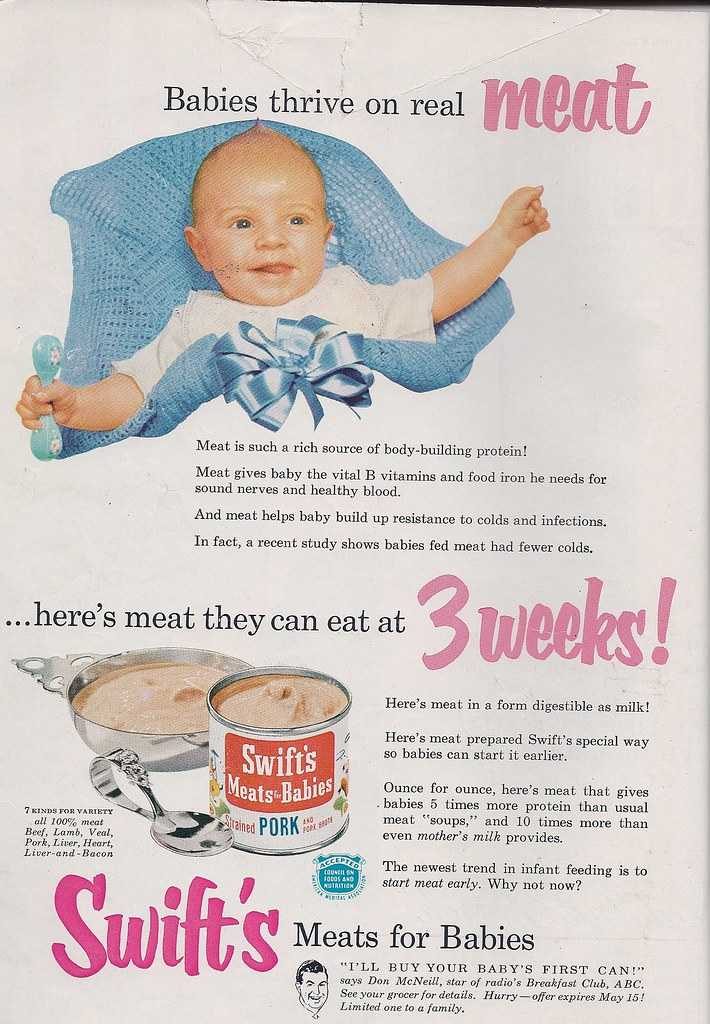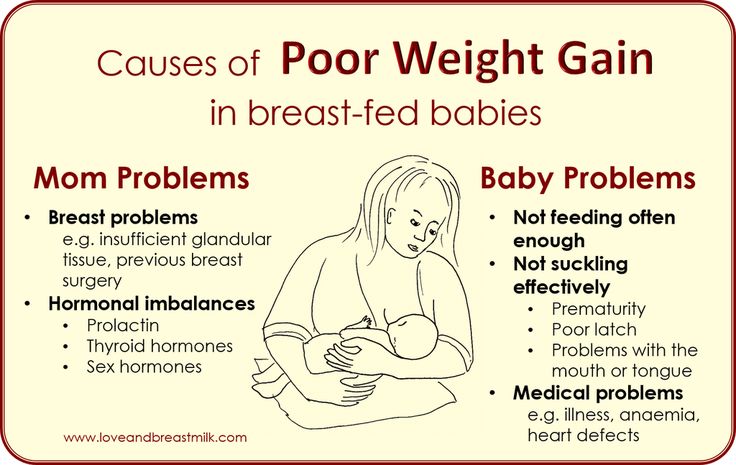Live eagle feeding babies
Bald Eagle
Baby eagles are small and helpless when they are hatched, but they don't stay that way for long. All eagle parents take very good care of their young, and this includes feeding the eaglets all the food they can eat. As a result, the chicks grow very rapidly. Golden eagles, for example, weigh only about three ounces at birth (85 grams). But they weigh forty times as much only 45 days later.
On this page, we've shown how eagles bring their young into the world. Other types of eagles build different kinds of nests, and there may be some differences in the way they raise their young. But the story is basically the same for all baby eagles.
Bald eagles and other large eagles build their nests to last. The main part of the nest is usually made of big sticks.
Many types of eagles use the same nest year after year, and every year the nest gets larger. Once a nest is built, it may be used by pairs of eagles for a very long time - perhaps hundreds of years on some cases. As one pair of eagles dies, another pair may take over and continue to add to the nest. In this way, some nests may get to be as big as a small truck.
Some type of eagles, may have two or three nests. But they only use one at a time. The area of the nest that will be used for raising chicks is usually lined with leaves, or something else that is soft.
Finding a safe place is the main thing when eagles build a nest. If there are no tall trees around, many eagles will build their nests high up on the sides of cliffs. Golden eagles actually seem to prefer cliff nests.
After mother eagles lay their eggs, they may sit on the nest for a long time before the eggs begin to hatch. the Golden eagle shown here may have to stay on the nest as long as 50 days. The job is sometimes shared by the father eagle.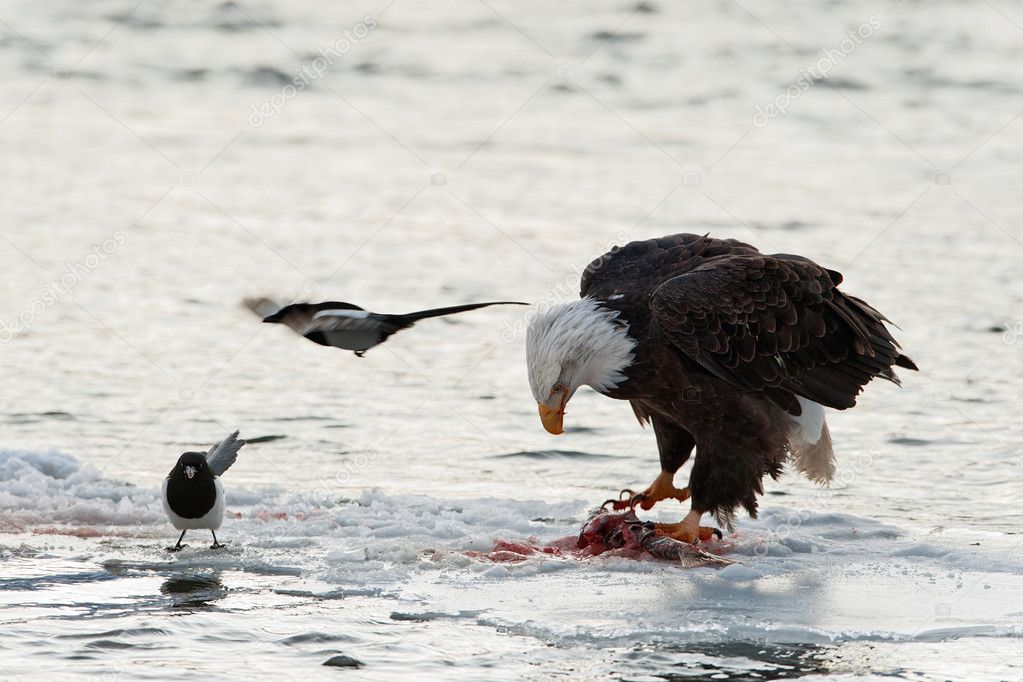
When an eagle chick is ready to start hatching, it can be heard calling from inside the egg.
After it starts calling, it takes the chick about 15 hours to peck the first hole in the egg. There is a special "egg tooth" on the chick's beak to break through the shell.
Once the first hole has been made, the chick starts working harder. But it may still take another 35 to 40 hours for it to break out of the shell completely.
By the time the chick is all the way out of the shell, it is usually very tired. Most chicks lie still and rest for a bit, while they dry off and their feathers begin to fluff up.
From the time they hatch, it takes eagles 65 to 75 days to get ready to fly. During this time, their white downy coats are replaced by darker feathers.
When there are young eagles in the nest, both of the parents have to do a lot of hunting.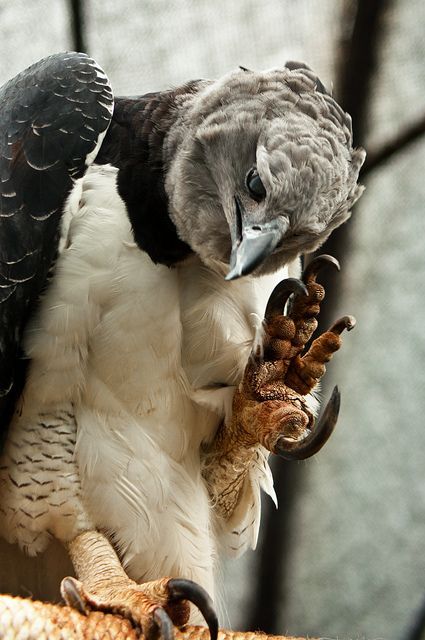 The chicks
never seem to get enough to eat, and their parents are constantly taking off to look for food.
The chicks
never seem to get enough to eat, and their parents are constantly taking off to look for food.
Baby eagles don't drink milk like baby humans. Instead, their parents give them little bits of meat. The parents feed newborn chicks by gently placing the bits of meat in their mouths.
The eyes of all eagles have an extra eyelid called a nictitating membrane (NICT-tuh-TATE-ing). This can be used to clean the eyes or to protect them. Eagle parents often pull the membranes over their eyes when feeding their young. This keeps the chicks from accidentally damaging the eye as they lunge for food.
Juhani Kyyr, Hannu Ekblom, Ilkka Heiskanen & Hannu Hautala
Zoo Books Copyright 1985 all rights reserved.
Back to Bald Eagle
Design by:
An eagle snatched a baby hawk for dinner, then ended up adopting it
As It Happens6:24An eagle snatched a baby hawk for dinner, then ended up adopting it
A pair of bald eagles near Nanaimo, B. C., have adopted a baby red-tailed hawk and are raising it alongside their own eaglet.
C., have adopted a baby red-tailed hawk and are raising it alongside their own eaglet.
But while the hawk is now part of the eagles' family, it could have just as easily been their dinner.
"This bird likely came from a red-tailed hawk nest that was preyed upon by the adult bald eagles," ornithologist David Bird, a professor emeritus of wildlife biology at Montreal's McGill University, told As It Happens guest host Tom Harrington.
Webcam footage of the eagles' nest on Gabriola Island captured the mamma bird dropping the little red-tailed hawk into its nest earlier this month — likely "to be torn apart," according to Bird.
"And the next thing you know, the little hawk bounces up and starts begging for food right away," Bird said. "That's what saved its life."
Watch: Bald eagle drops a baby hawk into its nest:
Pam McCartney, a volunteer with the wildlife organization Growls, was watching a livestream of the nest when she saw the mom drop the baby hawk.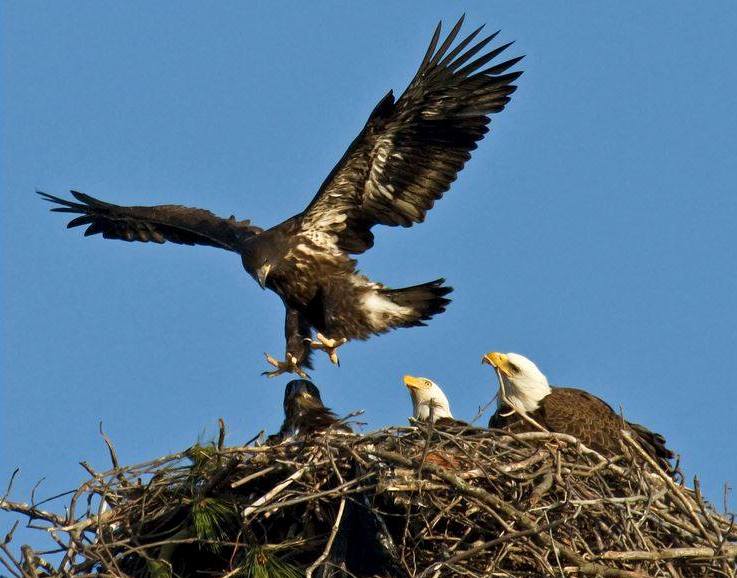
She thought for sure it was a goner.
"Usually when I watch, like David Attenborough and his shows, I can close my eyes or fast forward or whatever, but this was live at the time, and I was just like, oh, my gosh, oh, my gosh," McCartney said.
But to her welcome surprise, neither the mother nor the eaglet attacked the little hawk.
"She just kind of dropped it, you know, and it came alive. And [the] eaglet was just like, 'What the heck, Mom? What is this? Why is it moving?'"
At first, she says, the two baby birds kept to themselves on opposite sides of the nest, and the mother didn't pay much attention to the hawk.
But by nightfall, she says they'd become a real family, with the mother eagle feeding and fussing over both baby birds equally.
A juvenile bald eagle, left, shares its nest with a red-tailed hawk in this image captured through a telescope. (Pam McCartney)Growls operates a number of webcams on the island to monitor eagle nests. The group is keeping the exact location of the rare inter-species family a secret, so they don't get overwhelmed by birdwatchers.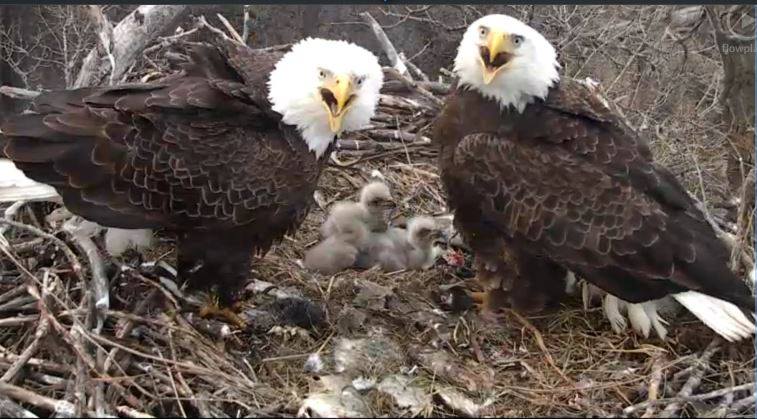
McCartney says the eaglet's parents had lost one of their two chicks a few weeks ago, and she suspects the new hawk has taken its place.
"In my mind of growing up on Disney, I'm seeing this eaglet think like, 'Was this another little sibling?'" she said.
Bird says the rare phenomenon came about due to an incredible confluence of events.
First of all, he says it's "a miracle" that the hawk didn't die in the powerful clutch of the eagle's talons.
"I've had these on my fist. I know what that feels like," he said.
It's also amazing, he says, that the mother opted to feed the baby bird instead of kill it.
And finally, he says it's incredible odds that all of this happened in one of just a handful of nests on the island that are monitored by Growls' cameras.
"I don't think in my lifetime I would have believed I'd see that," Bird said. "It's quite a rare thing to see."
Watch: A livestream of the eagles raising a baby hawk:
Rare, but not unprecedented. In 2017, a pair of nesting bald eagles in Sidney, B.C., made headlines when they raised a red-tailed hawk as their own.
In that case, the hawk thrived in its new family, growing up strong and healthy and eventually leaving the nest. Bird says it did require a bit of extra help from scientists to get access to the proper food as it grew older, as hawks and eagles don't feed on the same kind of prey.
That success story, Bird says, bodes well for the Gabriola Island hawk.
"He's in very good health. And his sibling has seemed to have accepted him," he said.
McCartney, meanwhile, has been watching the mixed family obsessively.
"It's incredible to me, and I just find them to be, like, this happy family," she said. "They all get along [and] sometimes they give each other little, you know, eagle kisses or whatever — raptor kisses," she said.
Watching the birds bond reminds her of how much humans have in common with wildlife, she says.
"It's similar to us," she said. "We're not all conventional and we're not exactly how everybody thinks we should be or we're different — and we're beautiful, and it's beautiful."
Written by Sheena Goodyear. Interview with David Bird produced by Morgan Passi.
In the Footsteps of Religion: What Animals Really Can Do
As I thought :
When a reasonable person got leisure thanks to the inventions of fire and fire, he began to wonder why thunder rumbles and where the ocean came from. Since it was impossible to figure it out then, guesses were from the field of mysticism. People adhered to certain hypotheses about the world around them, ritually buried the dead. Later, with the development of agriculture, it became very good, the progress of civilization went by leaps and bounds, and organized religions appeared with canons and a hierarchy.
As it really is :
Organized egalitarian religion was first of all, and cities arose for the sake of religion, and then - to feed the cities and for religious needs, agriculture and everything else arose. More on this in a previous post.
More on this in a previous post.
It turns out that organized religion goes back much further than most of what we call civilization, and stretches back into primitive times. This is part of the question of how man differs from other animals and how he evolved. This question is longer than one LiveJournal post, so I'll break it down into several.
To understand how humans differ from animals, one must first understand what animals can actually do . Without this, we can answer this question no better than the ancient people, reflecting on the nature of thunder - all statements like "animals are not aware of their own mortality" or "man has morality" will be from the realm of parables and mystical thinking. ( Sorry for the long post , you can look at the top - I'll just refer to it from the next post.)
So:
Animals can transfer knowledge to each other and teach it to children her this way and that, on the chicks, on the spouse, on her head, so that in the end the stick would fall altogether. However, deer teach their cubs to be a deer (and without this they do not behave like ordinary wild deer), and eagles teach their chicks to be an eagle. Here's how to get an adult independent eagle (this can be seen live on numerous cameras recording bird nests):
However, deer teach their cubs to be a deer (and without this they do not behave like ordinary wild deer), and eagles teach their chicks to be an eagle. Here's how to get an adult independent eagle (this can be seen live on numerous cameras recording bird nests):
- Newly hatched eagles need to be fed to the full, carefully giving them tiny pieces of meat.
- Grown up chicks no longer need to be given meat directly in the beak. Let them stretch. Let them understand that if they delay, the meat will disappear into the beak of another eagle.
- Eaglets should be trained to eat all parts of the prey, even the tails and heads of fish.
- The adult eagle must eat on the nest in full view of the chicks. If they are hungry, let them learn to take food. It is especially good when they snatch food right on the approach and bite their parents by the paws. The impudent chick is the right chick, he will go far.
- If the chick takes possession of the food, but does not protect it enough, it must be taken away - let him learn that other eagles will not stand and wait until he is full.
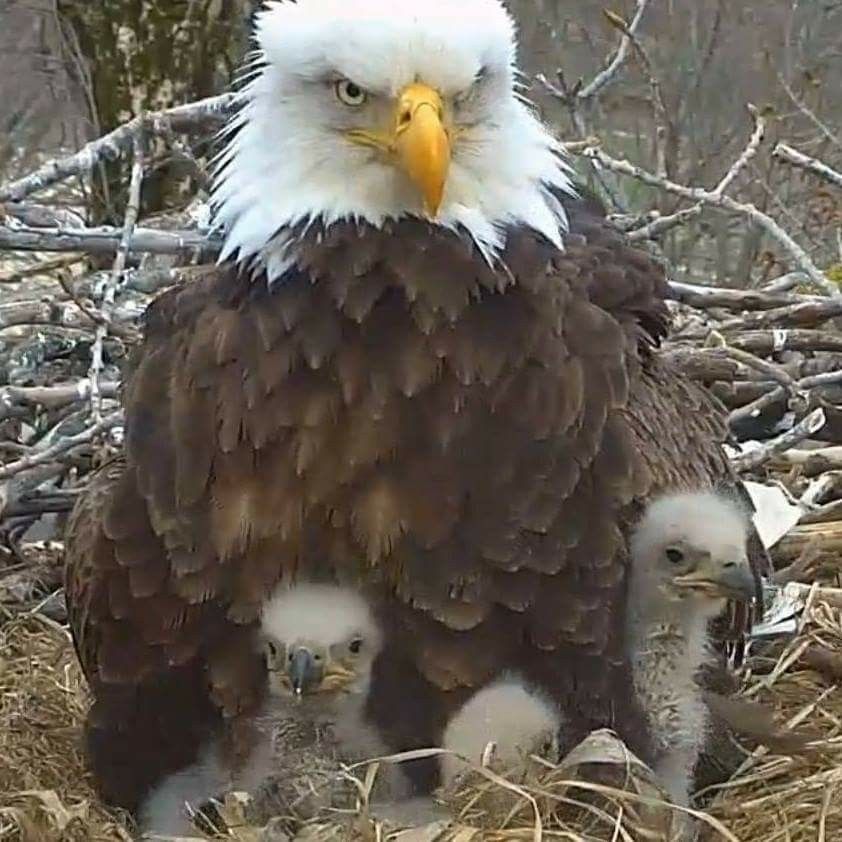 If the chick didn't finish the food and threw it away, the parent should try to eat it. In real life, food doesn't just sit there and wait.
If the chick didn't finish the food and threw it away, the parent should try to eat it. In real life, food doesn't just sit there and wait. - Interestingly, the eagles do not stop feeding the juveniles in order to drive them out of the nest - the father continues to feed them no matter what (mothers are usually more strict). The chicks themselves, having mastered the flight, after a couple of months of instructive trips to the big world together with their parents, decide to fly away and start living on their own. Even if the chick lingers until the next laying (for a whole year!), no one will drive him out, and this is not required - he will fly away on his own.
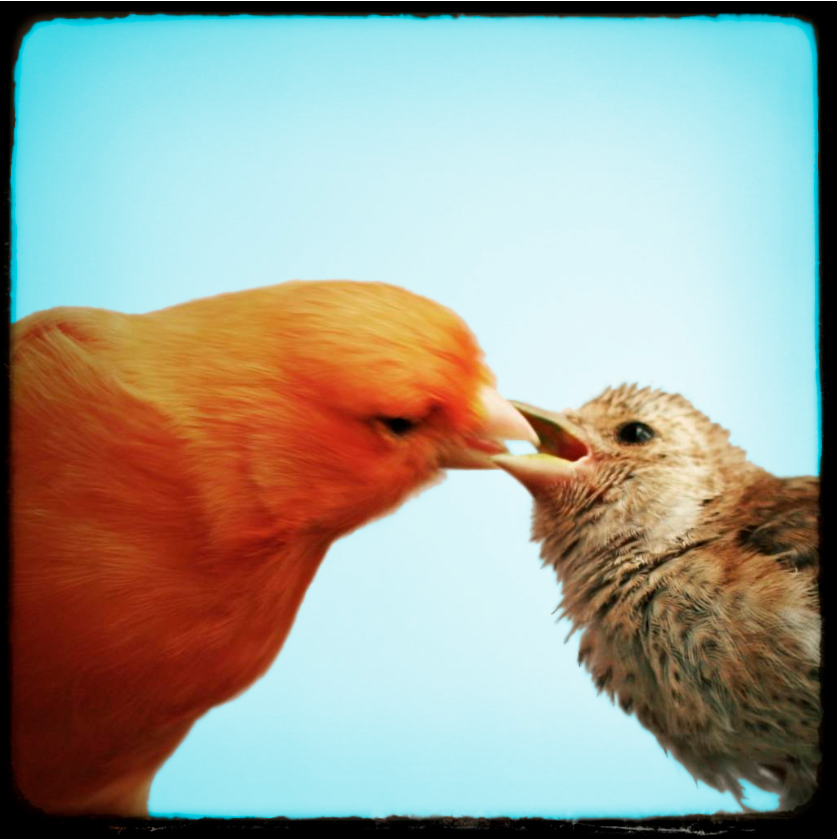 One-year-olds, two-year-olds and three-year-olds sometimes return to their parents' nest, sew for a day or two and soon fly away - at the same time they check if it is possible to occupy the nest, and receive late lessons in nest building and parenthood. You can distinguish the adult children of a pair of eagles by the fact that they are not driven away as violently as strangers.
One-year-olds, two-year-olds and three-year-olds sometimes return to their parents' nest, sew for a day or two and soon fly away - at the same time they check if it is possible to occupy the nest, and receive late lessons in nest building and parenthood. You can distinguish the adult children of a pair of eagles by the fact that they are not driven away as violently as strangers. You can assume that all this is the work of instincts, but this is only partly true: it is easy for an eagle to learn to flap its wings, feed and hatch chicks, and sit on a branch. And yet, all eagles make mistakes while learning (this is clearly seen in nests with young eagles, in which this is the first clutch, and nests of experienced parents). Moreover, if the eagle has not passed the school described above, his instincts will not help him. In general, often if you dig into the complex behavior of birds, it turns out that it is somehow transmitted through training, and not through instinct. For example, in one species of bird, part of the mating ritual is to alternately change the size of the pupils. It would seem, how can this be anything other than instinct? Parents with chicks do not repeat the mating ritual. It turns out that young males, who have not yet grown bright plumage, look like females, and adult males allow them to help build a "nuptial podium", where they perform a mating ritual ... and practice dancing on a young helper.
It would seem, how can this be anything other than instinct? Parents with chicks do not repeat the mating ritual. It turns out that young males, who have not yet grown bright plumage, look like females, and adult males allow them to help build a "nuptial podium", where they perform a mating ritual ... and practice dancing on a young helper.
The idea that animals are biological robots fully programmed with instincts is a product of the era of rationality, when, although the scientific method was used, many publications were of a philosophical and instructive nature. In general, the same parables. The idea of the dictate of instincts should be treated as a hypothesis, and not "true until proven otherwise." Today we know that animals are much more "intelligent" - in general, a person in all his internal variety of biological machines that do not have any prerequisites for this. Yes, humans are imperfect.
Animals can form complex relationships . And again on the example of eagles (live cameras monitoring nests provide a lot of material). If you know about eagles from textbooks, then you know that they are monogamous. But if you imagine a utopian picture in which a male and a female, having chosen each other, live together until the end of their days, then this is as far from the eagle's reality as it is from the human one. Here are the situations that happened in the eagle family life in real time on camera over the past 4 years:
If you know about eagles from textbooks, then you know that they are monogamous. But if you imagine a utopian picture in which a male and a female, having chosen each other, live together until the end of their days, then this is as far from the eagle's reality as it is from the human one. Here are the situations that happened in the eagle family life in real time on camera over the past 4 years:
- A stranger invaded the territory of a pair of eagles, killed her husband, and began courting his wife. In the end, the practical eagle agreed. With her experience and his incredible abilities as a hunter and educator, they raised many chicks together and are still together.
- A stranger invaded the territory of a pair of eagles, killed his wife, and began courting her husband. In the end, the eagle agreed. This and the previous situation generally occur frequently with "monogamous" eagles.
- A pair of young eagles raised their first chick, although the first pancake was lumpy.
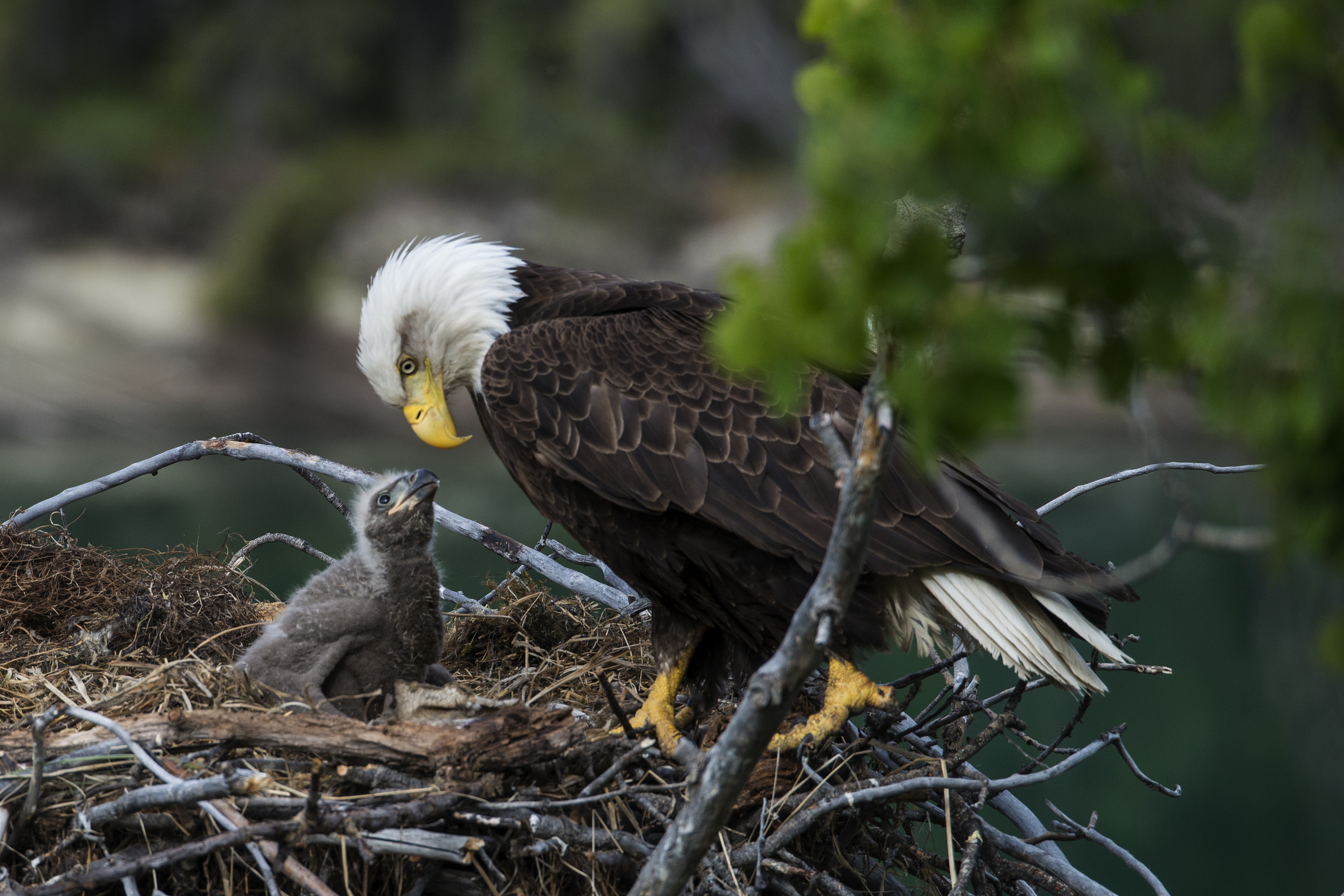 When the chick was already flying and receiving the last lessons, another young eagle began to hang around nearby, most likely not even sexually mature yet. He was almost mute and very meek. Eventually they got used to him, he began to help with the nest. When the chick flew away, the husband also flew away - out of the mating season, the eagles may leave the nest or temporarily disperse. But the husband never returned (most likely, he died). And the dumb meek eagle, who helped with the nest, became the father of new chicks.
When the chick was already flying and receiving the last lessons, another young eagle began to hang around nearby, most likely not even sexually mature yet. He was almost mute and very meek. Eventually they got used to him, he began to help with the nest. When the chick flew away, the husband also flew away - out of the mating season, the eagles may leave the nest or temporarily disperse. But the husband never returned (most likely, he died). And the dumb meek eagle, who helped with the nest, became the father of new chicks. - A stranger invaded the territory of a pair of eagles, chased away her husband, and began courting his wife. In the end, the eagle agreed. But the ex-husband decided to stay nearby. The new couple accepted him over time, and they began to live and raise the chicks three of them. In the next mating season, when the chicks were preparing to learn to fly, the female once did not return to the nest - most likely, she died. Two fathers valiantly raised the chicks, and the next season they found a new female and continued to live as a trio.

- One pair of eagles lived next to a very fishy lake. There were enough fish to raise four chicks, and the chicks didn't even have to compete for food - as a result, they grew up quite meek. One day, it is not clear how a hawk chick ended up in the nest. His parents began to feed him too. He grew up before the eaglets, tyrannized them and flew away before anyone else, and got food by fishing (like foster bald eagles), and not by hunting (like hawks).
- A couple who incubated their eggs once had a husband who didn't return - most likely, he died. There were two strangers on the territory at that moment (perhaps one of them killed her husband). Both of them showed interest in the eagle. But she needed them to help her incubate her eggs. She really managed to get one to sit on the eggs (on the eggs of others for him!), And it seemed that a new couple was forming. But at some point, the eagle gave up, rejected both of them and flew away.
- An old eagle's wife died.
 The next season, he achieved a very young female, barely sexually mature. She constantly made mistakes - when she sat on the eggs, when she fed the chicks, when she repaired the nest. He constantly altered after her.
The next season, he achieved a very young female, barely sexually mature. She constantly made mistakes - when she sat on the eggs, when she fed the chicks, when she repaired the nest. He constantly altered after her.
Animals can manipulate . In general, this should not come as a surprise to pet owners - we are constantly surrounded by the "world's hungriest" cats, dogs, rodents, even fish and turtles. Here, take the eagles! (Who else?) The highest happiness in the life of an eagle, especially a male, is to sit on eggs or chicks (while they are small and need to be warmed). The male and female do this in turn, in shifts. But often the eagles do not want to hand over the shift. They go to any lengths to stay longer. For example, a spouse will fly in, and the incubating eagle turns away in the other direction, like it does not see him. The changer starts screaming, but to no avail. Then the shifter starts a business: he brings a branch, begins to attach it, constantly touching the sitting eagle either with his foot or with his tail, then he puts a branch on him as if by accident (plausibly, eagles do this without intention). As a result, the sitting eagle has to make room, but a holy place is never empty. Sometimes a hungry female, who does not want to give up her shift, calls demandingly, and the male feeds her instead of taking her place and letting her hunt herself.
The male and female do this in turn, in shifts. But often the eagles do not want to hand over the shift. They go to any lengths to stay longer. For example, a spouse will fly in, and the incubating eagle turns away in the other direction, like it does not see him. The changer starts screaming, but to no avail. Then the shifter starts a business: he brings a branch, begins to attach it, constantly touching the sitting eagle either with his foot or with his tail, then he puts a branch on him as if by accident (plausibly, eagles do this without intention). As a result, the sitting eagle has to make room, but a holy place is never empty. Sometimes a hungry female, who does not want to give up her shift, calls demandingly, and the male feeds her instead of taking her place and letting her hunt herself.
Some animals have a notion of justice - mostly in relation to themselves, like "why is he being stroked more than me?". This is a kind of reverse side of the ability to manipulate.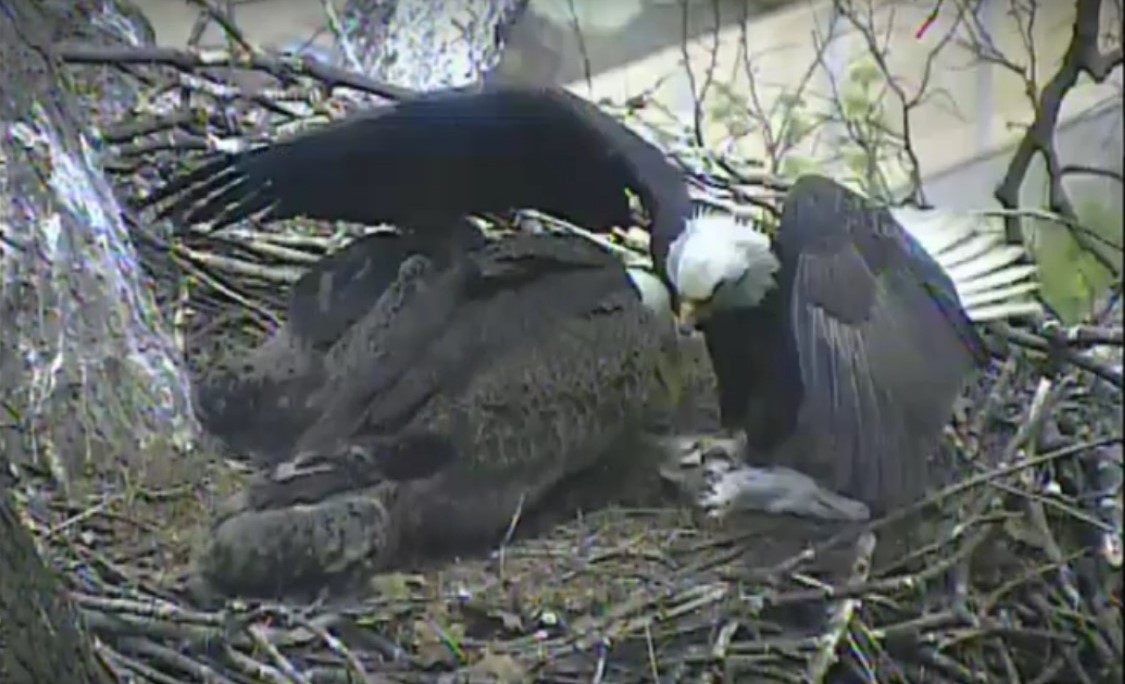 In a famous experiment, a monkey refuses to accept a cucumber as wages after learning that for the same work, her companion receives delicious grapes. In another experiment, the same species of monkeys demonstrates an understanding of the voluntary division of the results of common labor, that is, they already care about justice in relation to other individuals, and not themselves. A description of a number of other experiments is on Wikipedia.
In a famous experiment, a monkey refuses to accept a cucumber as wages after learning that for the same work, her companion receives delicious grapes. In another experiment, the same species of monkeys demonstrates an understanding of the voluntary division of the results of common labor, that is, they already care about justice in relation to other individuals, and not themselves. A description of a number of other experiments is on Wikipedia.
Animals can adapt to the most unusual conditions . If we believe that animals are programmed biological machines, then their program must fail when the environment is very different from what the animal is used to. However, many species of animals have learned to live alongside humans - from familiar dogs, cats, pigeons and crows to (you guessed it) eagles, hawks, foxes, coyotes, parrots, monkeys, sharks. Snakes, one of the most stupid animals, feel great in a terrarium and learn some rules of their unusual environment - for example, they can remember the signs of approaching feeding and begin to crawl out of cover with their mouths open at the right time.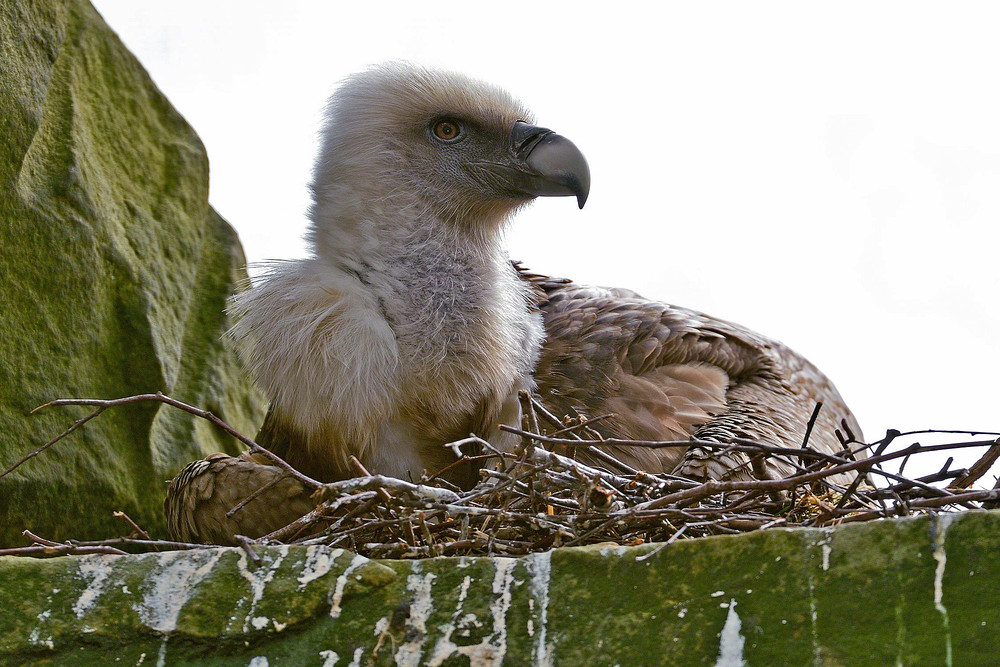 Some cats can open doors by turning the handle.
Some cats can open doors by turning the handle.
In general, we say "adapt" as if it were something like getting used to, getting used to disadvantageous conditions. This is also an important skill, but it also happens differently when an animal learns to take advantage of the environment in comparison to the wild - or develops a behavior that is uniquely suited to the current conditions. For example, wild cats generally do not meow. These are sounds for kittens to communicate with their mother. City cats that have never been close to humans usually don't meow either. But domestic cats meow (including former ones) - they guess that this is how they achieve the greatest understanding with people who themselves constantly "meow". Not only cats are interested in establishing a signal system with the owner, but all domestic animals with sufficient intelligence are an example. (Otherwise how to manipulate?)
Many pets know some human speech even if they have not been taught tricks.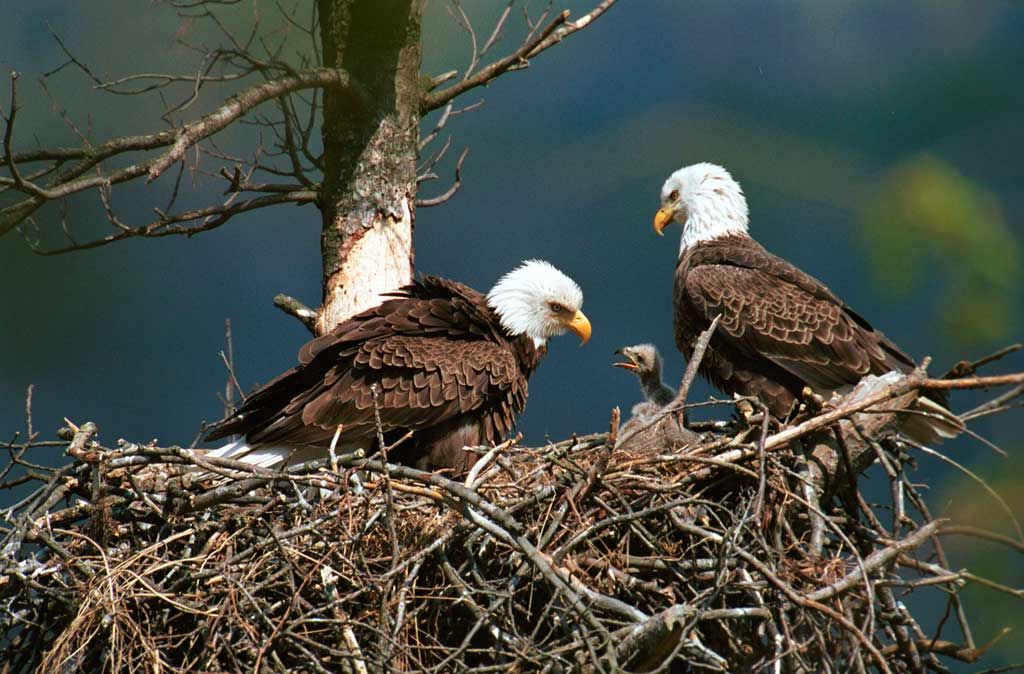 If a word is spoken frequently in the same situation, animals usually remember it. The cat, which was with our family in my childhood, distinctly knew the words "bag" (in which she was carried to the vet) and "bath". Almost every pet owner has similar stories (except those who are hard of hearing). In rare cases, animals even use human speech - mostly parrots, but also people are constantly trying to imitate huskies (not only trained ones), and I once read about a cat who learned the word "out" (here eng. "walk") and pronounced it very clearly and convincingly "ay" to the hostess, who was supposed to release him.
If a word is spoken frequently in the same situation, animals usually remember it. The cat, which was with our family in my childhood, distinctly knew the words "bag" (in which she was carried to the vet) and "bath". Almost every pet owner has similar stories (except those who are hard of hearing). In rare cases, animals even use human speech - mostly parrots, but also people are constantly trying to imitate huskies (not only trained ones), and I once read about a cat who learned the word "out" (here eng. "walk") and pronounced it very clearly and convincingly "ay" to the hostess, who was supposed to release him.
Some animals know how to use tools and make them , as well as save a handy tool for the future and teach cubs how to make tools. This concerns a very small number of species, mainly birds and primates.
Some animals are able to act in groups , including in unusual conditions. The program "Intelligence of Predator" set up an experiment where lions, and then hyenas, were offered to use a complex mechanism to open a box of food.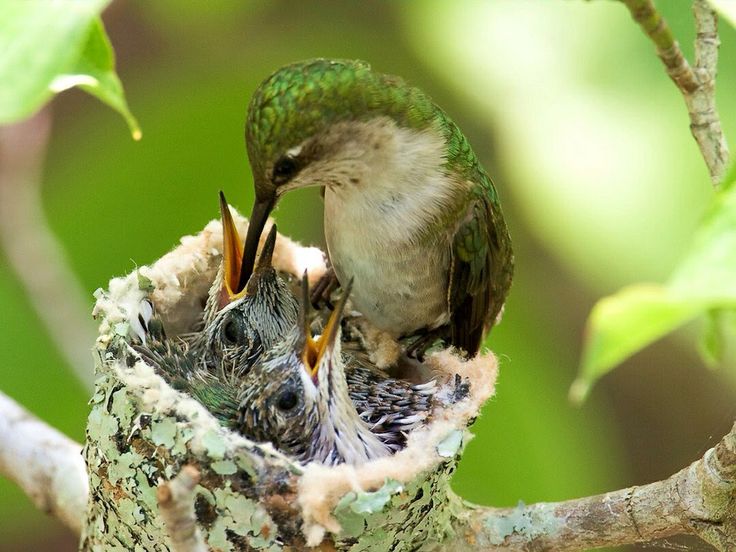 To do this, it was necessary that several individuals perform a certain action at the same time. Both types did the job. Similar experiments have also been carried out with elephants and birds.
To do this, it was necessary that several individuals perform a certain action at the same time. Both types did the job. Similar experiments have also been carried out with elephants and birds.
Animals have different personalities and psychological disorders , including depression, paranoia, post-traumatic syndrome, senility, hallucinations, tics. Even individual snakes can be more curious, energetic, accommodating, irritable, shy, lazy, trusting. Everything has already been said about the eagles, perhaps. It also turns out that animals have moods and emotions.
Some animals yearn for loved ones and the dead . Elephants and dogs are especially famous for this. But in general, there is a whole genre of videos on YouTube about the reunion of pets or zoo animals with old human friends, and it shows that a variety of animals are able to remember an old friend and enjoy him. For example, hyenas.
Birds understand music and dance , mostly parrots.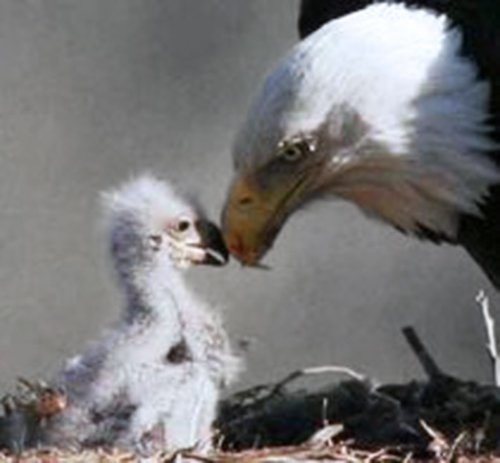 There are a lot of such videos on YouTube, and it seems that this is a montage, and the parrot was first taught how to move, and then they put music on top. But when deepening into the topic, it turns out that everything is fair: singing and improvisation in the dance is absolutely common with parrots.
There are a lot of such videos on YouTube, and it seems that this is a montage, and the parrot was first taught how to move, and then they put music on top. But when deepening into the topic, it turns out that everything is fair: singing and improvisation in the dance is absolutely common with parrots.
----
Naturally, not all species of animals and not all individuals possess these wonderful skills. There are pigeons that were born and raised in the city - only to be crushed by a car slowly driving into the city yard. For every cunning coyote that eats in the trash cans of the Bronx, there is a species of animal that does not know and will never willingly want to live near people. There are animals that are so instinctively specialized that they can't adapt (cat owners please put strong nets on the windows - cats have great spatial intelligence, but sometimes can't help jumping on moving objects). And, of course, animals such as jellyfish should not be expected to adapt even to different water temperatures, not to mention other food sources or lifestyles.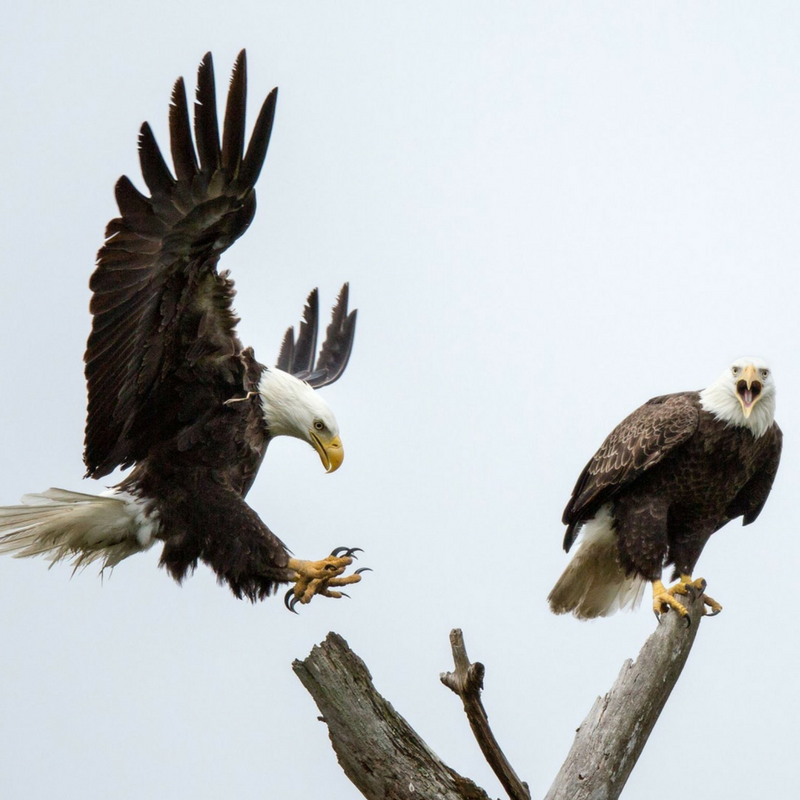
Nevertheless, this begs the question: if animals, to one degree or another, can do almost everything that a person can, how is a person really different? If you have guesses, many of them are probably correct, but I have something to surprise you with in the next post.
P.S. For many of the statements above, there could be more sources. Sorry, time constraints do not allow me to give all possible sources -_- After all, this is a blog post, not a scientific journal, and most importantly, I do not have any grants to write such texts, only a modest weekend. If any statement causes you great skepticism - write in the comments, I will try to give the source on which I based it. I promise that I do not write this from my head, I do not invent for a red word, and I try to be critical of incoming information, even when I really want something to be true. But sometimes this or that link that I read years ago is very difficult to find, or to give an exact quote from a book that I have only in audio form, or to remember which TV show called this or that experiment.
This bird steals and kills its neighbors' chicks
Subscribe to our "Context" newsletter: it will help you understand the events.
Photo by Jostein Meisdalen
Reviewer BBC Earth tells the story of Eleanor's falcons, birds that steal chicks from neighbors' nests to kill and feed to their offspring.
Many species of animals practice infanticide and cannibalism, but birds of prey are an exception in this case.
They behave in this way very rarely and usually in exceptional circumstances.
For example, there are cases when parents killed their own chicks to feed their brothers and sisters, as well as cases of eating already dead chicks by parents, brothers and sisters.
- Think penguins are cute and affectionate? Wrong
- Why did two dolphins exchange babies
- Why do seals rape penguins?
- The whole truth about magpies
But this bird of prey has gone even further.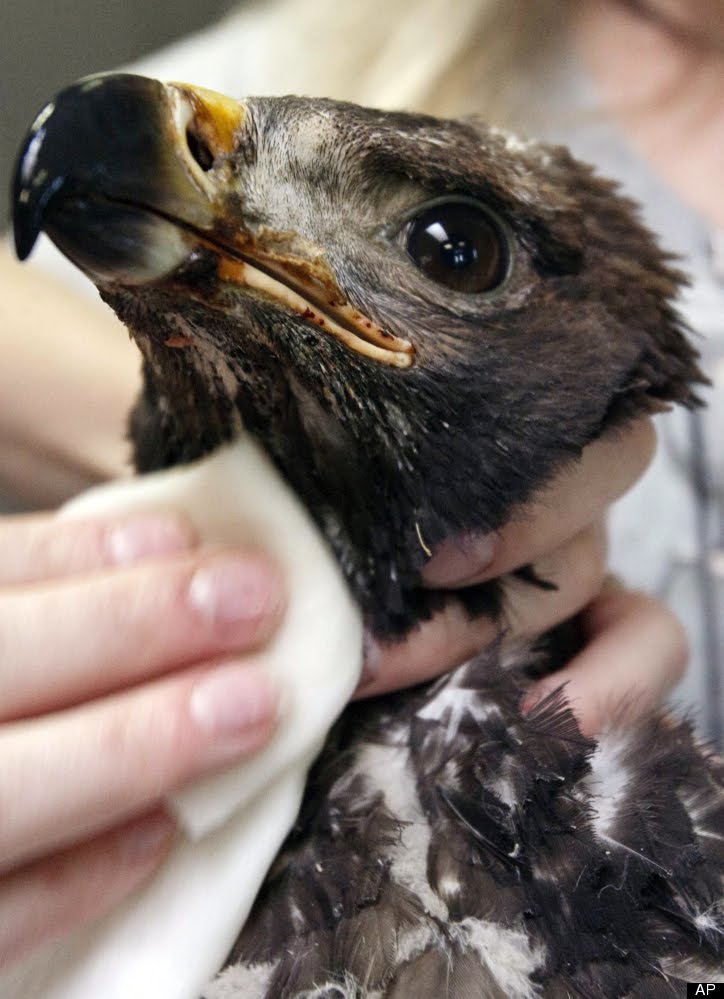 In two separate studies, scientists filmed how Eleanor's falcons (Eleanor's hobby, or alet, a species of birds of prey of the falcon genus - Rev. ) violated two taboos at once.
In two separate studies, scientists filmed how Eleanor's falcons (Eleanor's hobby, or alet, a species of birds of prey of the falcon genus - Rev. ) violated two taboos at once.
Apparently, these birds do not disdain hunting the offspring of their neighbors.
Photo copyright, Ronny Steen
Photo caption,Mother feeds chick with captured prey, in this case a passerine
One of the papers mentions a case of cannibalism recorded in September 2013 on the Akrotiri peninsula in Cyprus. This study was published in the Journal of Raptor Research in 2016.
Eleonora's falcons mainly feed on winged insects, but during the breeding season these falcons feed mainly on small birds.
In general, a falcon that kills a bird to feed its chicks is no surprise. But when the chicks in one nest were about three weeks old, their mother was seen holding a week-old chick that looked like a member of the same species.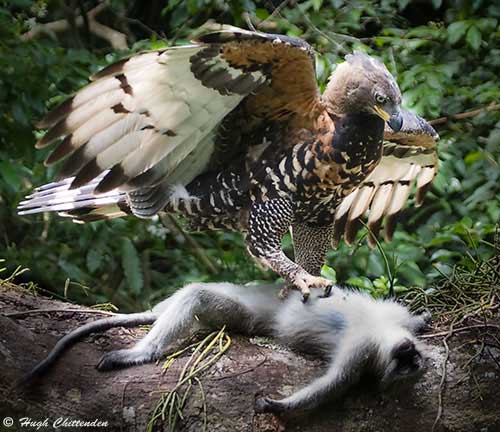
The mother then killed this helpless chick and fed it to her offspring.
"We did not expect to see this at all," says Alexander Kirschel of the University of Cyprus in Nicosia, who observed these birds with colleague Thomas Hadjikiriyaku.
Photo copyright, Ronny Steen
Photo caption,Eleanor's falcons with their typical prey
"We thought adults would bring small migratory birds to the nest, but not chicks of their own species," he says.
Before the incident, an adult male was guarding his own nest. Kirschel and Hajikiriyaku suggest that an adult female, flying out in search of food, stole a chick from a nearby nest.
"Eleanor's falcons usually don't have the ability to steal fledglings from other nests because the parents are protecting their young," says Kirschel.
"But sometimes they get that chance. For example, if the parents leave the nest for a while, the chick becomes easy prey because it's too weak to fight back and can't fly away," he adds.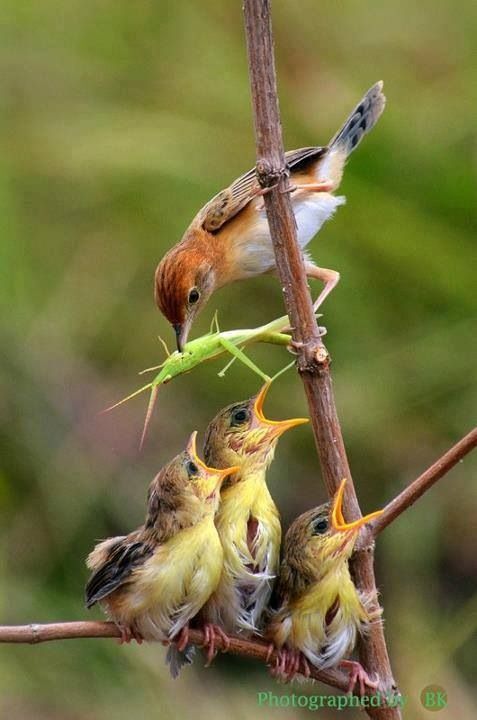
Their observations are consistent with those of the second study, which documented three cases of chicks being stolen while the parents were away from the nest.
These events took place in the early hours of September 2014 and 2015 on the tiny Greek island of Anidro. They have been described in the Journal of Raptor Research.
Photo copyright, C. Chatzitheodorou
Photo caption,Eleonora's falcon chicks
"Obviously, in the morning, when both parents fly away for a short time in search of food for their fledglings, their offspring become especially defenseless," comments Ronnie Steen from Norwegian University of Life Sciences in Os.
One day, Steen was surprised to find "a strange falcon, or rather a female neighbor, next to a strange nest immediately after sunrise."
He saw an intruder fly up to the nest at about 7 am and attack three chicks.
She attacked the nest four times and her last attempt was interrupted by her returning mother. Only one chick survived.
Only one chick survived.
The same nest was attacked the following year. The kidnapper carried off the only chick in his claws.
Despite this, his parents continued to return to the empty nest and bring food to their dead offspring.
Two days later, another nearby nest was raided, but the chicks were older and began to fight back. One of them managed to escape, but the other died.
Photo copyright, Ronny Steen
Photo caption,Eleanor's falcons are skilled hunters
"Instances of infanticide by outsiders are generally very rare and have not been previously documented among Eleanor's falcons," says Steen.
He says it's possible that different nests have been attacked by the same intruder two years in a row, although Steen isn't entirely sure.
He suspects that the attacking bird stole the chicks to feed its own offspring, which would be consistent with the observations of Kirschel and Hadjikiriyaku.
Photo copyright, Ronny Steen
Photo caption,Eleonora's falcon with a chick from a neighbor's nest in its claws
Kirschel and Hadjikiriyaku say that the nest that has seen bird cannibalism was "the most productive" in their three years of research. Every year, three chicks fledged in it.
They suggest that one of the factors behind this success was cannibalism.
Among other species, including herring gulls, only a few individuals have been observed in infanticide and cannibalism.
"Perhaps this behavior is learned only by individuals and is not common to all Eleanor's falcons," said Hajikiriaku.
"It's a strategy that only a few individuals use," says Steen. "However, this strategy will never spread widely because natural selection will prevent it."
Photo copyright Ronny Steen
Photo captionEleanor's falcon with her offspring
These studies show what happens when resources are limited or nesting density is high. Infanticide and cannibalism may be more common in birds living in colonies.
Infanticide and cannibalism may be more common in birds living in colonies.
"Migratory birds have to experience seasonal and other periodic fluctuations, mainly due to weather conditions. There are periods and even whole seasons when food is scarce," explains Hajikiriyaku.
Skip Podcast and continue reading.
Podcast
What was that?
We quickly, simply and clearly explain what happened, why it's important and what's next.
episodes
End of Story Podcast
"Breeding populations are beginning to struggle and are turning to alternative food sources, including fledglings from nearby nests," he continues.
As a rule, the male brings the prey to the nest and passes it on to the female to feed the chicks. Nevertheless, in all the above cases, the blame for the attacks lies with the female.




